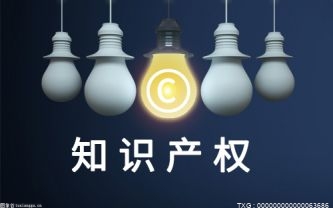Types and application conditions of US patents
1. Invention patent
The invention patent requires that the invention creation must have a certain function or practical value, including machinery, product, composition and method. Anyone who invents or discovers any new and useful method, machine, product, combination of substances, or any new and useful improvement of the above can apply for an American invention patent. The product is the article of manufacture, and the combination of substances refers to the relevant chemical composition, including composition mixture and new compound.

2. Appearance design
The design must be novel and have a non obvious decorative or beautifying effect on the product, but not necessarily practical. The scope of protection of such design patent is mainly limited to the appearance of the article shown in the patent.
3. Plant patents
According to the United States Patent Law, whoever invents or discovers any unique and novel plant varieties of asexual reproduction, including cultivated varieties, alien species, embryo seeds and newly discovered seedlings, rather than plants cultivated in vitro or discovered without cultivation, can obtain plant patents. Plant patents can only protect varieties of asexually propagated plants.
Conditions for applying for US patents
1. Novelty
According to the provisions of the New Patent Law of the United States, if the invention has been authorized, or has been recorded in a printed publication, or has been publicly used, sold, or otherwise made available to the public before the effective application date of the invention, the invention does not possess novelty unless it can enjoy a grace period without losing its novelty.
In addition, if the invention applied for has been recorded in the authorized patent, or in the patent applied for publication, or in the patent applied for publication, the authorized patent or the patent applied for publication is another inventor, and its effective application date is earlier than the effective application date of the invention applied for, such invention is also considered not to have novelty.
2. Non obviousness
The non obviousness in the US patent law is similar to the creativity in China's Patent Law. According to the provisions of the New Patent Law of the United States, if the difference between the two is such that the subject matter of the patent right is generally obvious to ordinary technicians in the technical field related to the subject matter, the invention cannot be patented.







